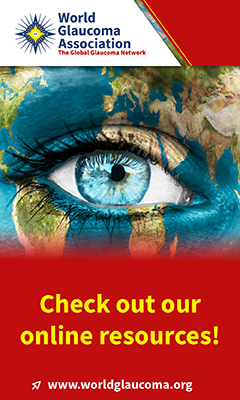advertisement

Editors Selection IGR 24-1/2
Surgical Treatment: MIGS and MIBS take center-stage vs. traditional surgery


Comment by Michele Figus & Chiara Posarelli on:
119234 Trends in glaucoma surgery in a tertiary hospital in Spain: 2010-2022, Morales-Fernandez L; Garcia-Bardera J; Pérez-García P et al., European Journal of Ophthalmology, 2024; 0: 11206721241295291
The manuscript offers a comprehensive interpretation of the evolving trends in glaucoma surgery over a 13-year period. One of the key strengths of the paper lies in its large dataset, encompassing nearly 13,000 surgical cases, which allows for meaningful trend analysis within a publicly funded healthcare system. The authors successfully demonstrate the paradigm shift from traditional surgeries—primarily trabeculectomy and GDD—to MIGS and MIBS, which now represent nearly 75% of glaucoma procedures. This aligns with global surgical practice changes and is reinforced through international comparisons with datasets from China, Germany and UK.
The discussion is well-grounded in the literature, referencing studies that explain the declining use of traditional procedures due to their higher complication profiles and the rise of MIGS/MIBS as safer, less invasive alternatives. The analysis of combined surgeries and the increasing role of MIGS with cataract surgery is particularly relevant, offering practical insight into clinical decision-making.
However, the study presents some limitations. The retrospective design and lack of patient-level outcome data restrict conclusions regarding the clinical effectiveness and safety of each procedure. Importantly, individual patient data were not analyzed, limiting the ability to assess factors such as disease severity, treatment response, or longitudinal intraocular pressure control. Furthermore, the categorization of MIGS and MIBS as a single group masks differences between individual procedures, making it impossible to determine which specific techniques are most frequently used or preferred in clinical practice. While the costeffectiveness discussion is addressed, it would benefit from more robust economic analysis. Moreover, the findings may not be directly generalizable to private healthcare systems or countries without universal coverage.
Overall, the manuscript underscores a significant transition in glaucoma surgical practice, affirming the growing role of MIGS/MIBS. Further long-term prospective studies are advisable to better understand safety, efficacy and economic impact—crucial for guiding future ophthalmic surgical guidelines and policy decisions.
Comments
The comment section on the IGR website is restricted to WGA#One members only. Please log-in through your WGA#One account to continue.Log-in through WGA#One

